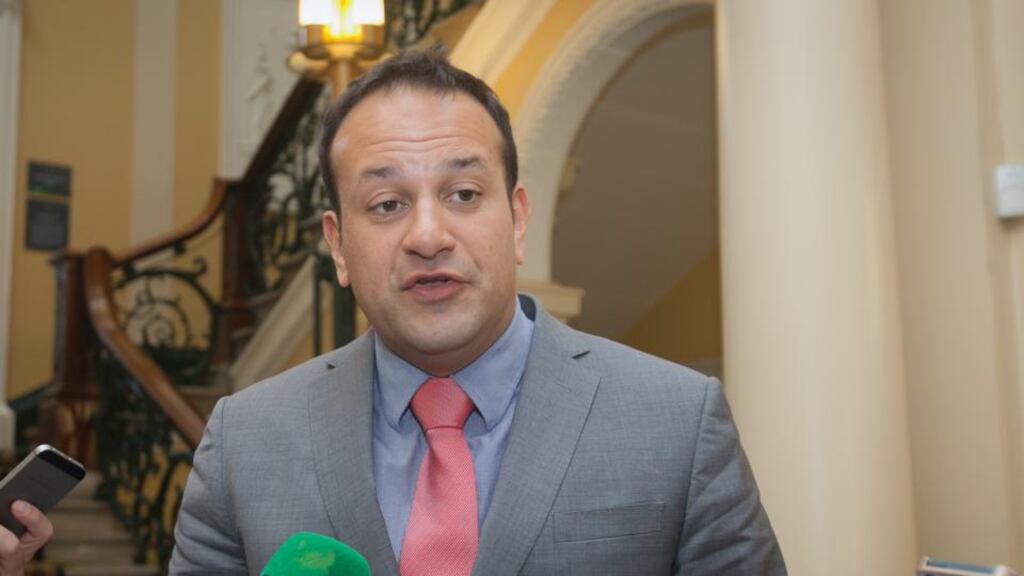The release yesterday of the first report by the Health Service Executive on the Protection of Life During Pregnancy Act was a deliberately low-key affair.
It was almost as if Minister for Health Leo Varadkar, who provided the figures on terminations to journalists, was saying: "Move along, nothing to see here" in relation to its content.
The last thing the Government wants at this stage, in the run-up to an election, is any further debate on abortion.
It is indeed difficult to come to any definitive conclusions about the legislation from reading the three-page report, which shows 26 terminations were carried out during its first year of operation.
Aside from breaking the overall figure down into the three categories of risk from physical illness (14 terminations), emergency from physical illness (nine) and risk from suicide (three), little detail was provided.
We can guess that each of these cases involved harrowing personal and ethical decisions for both clinicians and the women involved, but none of this is relayed in this dry, dusty three-page document – and deliberately so.
There were indications from within the health service that just a handful of terminations had taken place, so on the face of it the number is higher than some might have expected.
But set against the almost 4,000 abortions carried out in the UK on Irish women each year, the unknown number of terminations effected by means of drugs delivered illegally via the internet or the 70,000 or so births which occur annually, the number seems modest.
In line with estimates
As Varadkar noted, the figure is in line with estimates provided to the joint
Oireachtas
committee hearings on the legislation in January 2013.
Varadkar’s conclusion is that the Act is working and that hospitals are compliant with their requirement to notify the HSE under it.
Maybe it is. A figure of one termination every fortnight hardly amounts to the “floodgates” predicted by some during the debate before the legislation was introduced.
However, the report tells us nothing about important matters such as the gestational period of the pregnancies, the categories of physical illness involved or the speed of the decision-making process.
While considerations of confidentiality might apply in some cases, information of this kind could be of help in assessing how the Act is working.
Master of the National Maternity Hospital Dr Rhona Mahony has said the process used for determining whether a pregnant woman's life is in danger and can only be saved with an abortion is "cumbersome and complicated" but we are none the wiser on this point after reading the report.
Three abortions were carried out when the mother’s life was deemed at risk due to suicidal ideation, the most controversial of the situations provided for under the Act, while just one, unsuccessful application for a review was made.
Anti-abortion activists are likely to view the figures as the thin edge of the wedge, while pro-choice groups will argue most women wanting a termination will continue to make other arrangements rather than test the cumbersome and narrow provisions of the Act.











